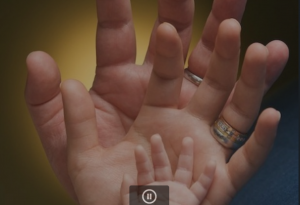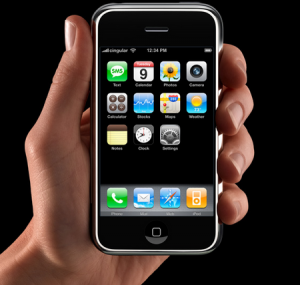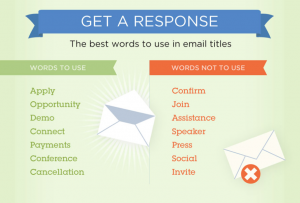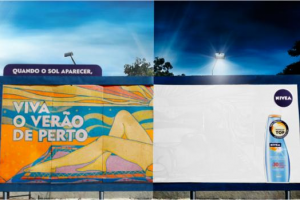The US Army takes on Pinterest – and so do I
I just joined Pinterest. I am not hooked…yet. This website seemed to appear from nothing but is quickly becoming one of the biggest new social media websites. People simply pin things into categories that they like.
Here is one of the most pinned things:
People said twitter wouldn’t last and it is still booming. So I think many of the doubters of Pinterest may also be taking back their words in a couple of yours.
It is a great way to show people things you like without being in their face. Nearly everyone has experienced a Facebook friend or fellow twitterer who just posts too much.
One of the signs that a new website is hitting the mark is when it can get big companies to get in on part of the action. Pinterest has the US army.
The US army only has a mere five people running all their social media content. Considering how much time most of us spend on social media websites that seems low to cover the profile of the whole army across so many fronts. If the army believes its worth dedicating the time to Pinterest, the website is doing something right.
This mashable article explains that believe the market they are reaching is mostly army wives. From what I’ve seen on Pinterest so far it definitely seems to have a very female user base. The website is new though so it may develop into something even broader.
I guess we’ll all just have to wait and see.
 Comments(0)
Comments(0)









